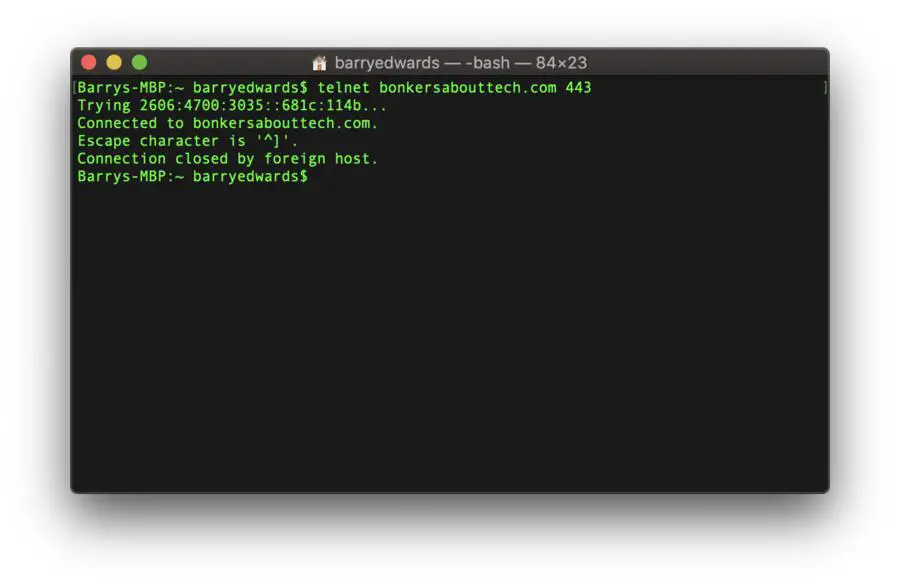
This command tells the SMTP mail server to who the message should be sent. Now that the MAIL FROM command has been sent we can send the RCPT TO command. For example, if your email’s domain is, you’ll want to use instead of an outside email like Variations in domain names can cause an error message to appear. MAIL FROM: Įnsure you use the domain name corresponding to your mail server’s domain. This is not the same as the from header, which is the email address shown in an email client. This determines the address to which bounces are sent. The next command we need to issue is the MAIL FROM command. For example, yahoo only shows the following: 250-8BITMIME Not all SMTP servers support the same sets of commands. This shows the SMTP commands that the SMTP server accepts. Something similar to the following should be returned: says hello Also passed is the DNS PTR for the IP address from which we are connecting as determined previously. This is a basic greeting that starts the communication between the telnet client and the SMTP server. The first command we need to issue to the mail server for our SMTP email tester is the EHLO or HELO. If you receive an error message like “cannot connect” at this point, either the port number is correct or the mail server is facing issues. Something similar to the following should now be displayed: Trying 69.63.149.30.Ĭonnected to (69.63.149.30).Ģ20 (PowerMTA(TM) v4.0) ESMTP service ready To do so, use the following command: telnet 25 So now that we have the MX record for and the PTR for the IP we are going to use, it is time to log in to the SMTP server. is just an example, and your results will be different. Non-authoritative answer: D.C.B.A.in-addr.arpa name = With the IP address run the following command, where A.B.C.D is the IP address. First we need to know what IP address the internet sees us as having. Next we need the DNS PTR for the IP we are going to use. You can also verify the port your SMTP relies on by asking your administrator or logging into the mail exchange server and reviewing the protocols. If your SMTP relay uses a different port than 25 as shown in the example, you’ll use the port specified by the mail exchange server’s response to the nslookup. SMTP uses one of three ports - 25, 465, or 587, which Microsoft Outlook commonly uses. Non-authoritative answer: mail exchanger = 100. Non-authoritative answer: MX preference = 100, mail exchanger = This can be found with the following command (for these examples will be used, but any domain can be substituted): For this, we will need the DNS MX record for a given domain.

Next, we need to find a mail server to log into.
#Firewall builder telnet for mac
For Mac users, you’ll find the terminal icon by opening Finder and searching for “Utilities” on the Applications page, or by entering “terminal” in the Launchpad search function.
#Firewall builder telnet windows
On Windows, use the Windows + R, key in “cmd”, and press enter. Once a telnet client has been verified to be installed on the server, open the terminal window where you’ll enter your prompt commands. With this window open, select “telnet client” and then click OK. For those Windows versions that do not, one can be installed by opening the “Programs and Features” section of the control panel and selecting “Turn Windows features on or off”. Sending email through telnet can help you identify deliverability problems within your current configuration.īefore you send an email using telnet, confirm telnet is both installed and enabled on your computer. Most computers come pre-installed with a telnet client.
#Firewall builder telnet software

This blog post was originally published on and was updated on


 0 kommentar(er)
0 kommentar(er)
